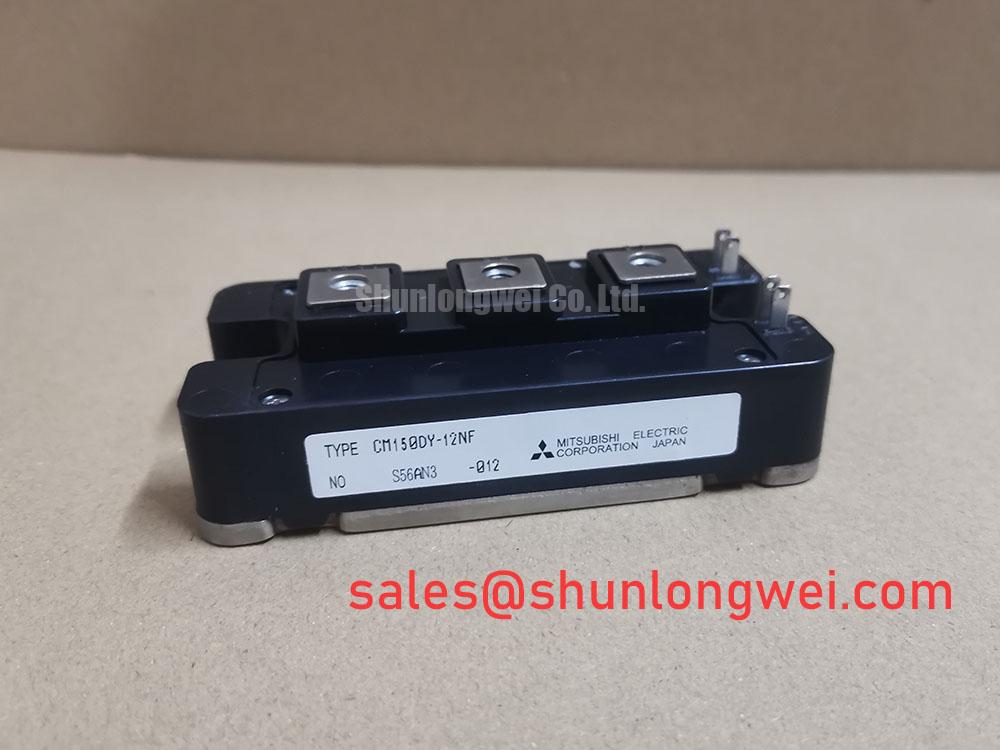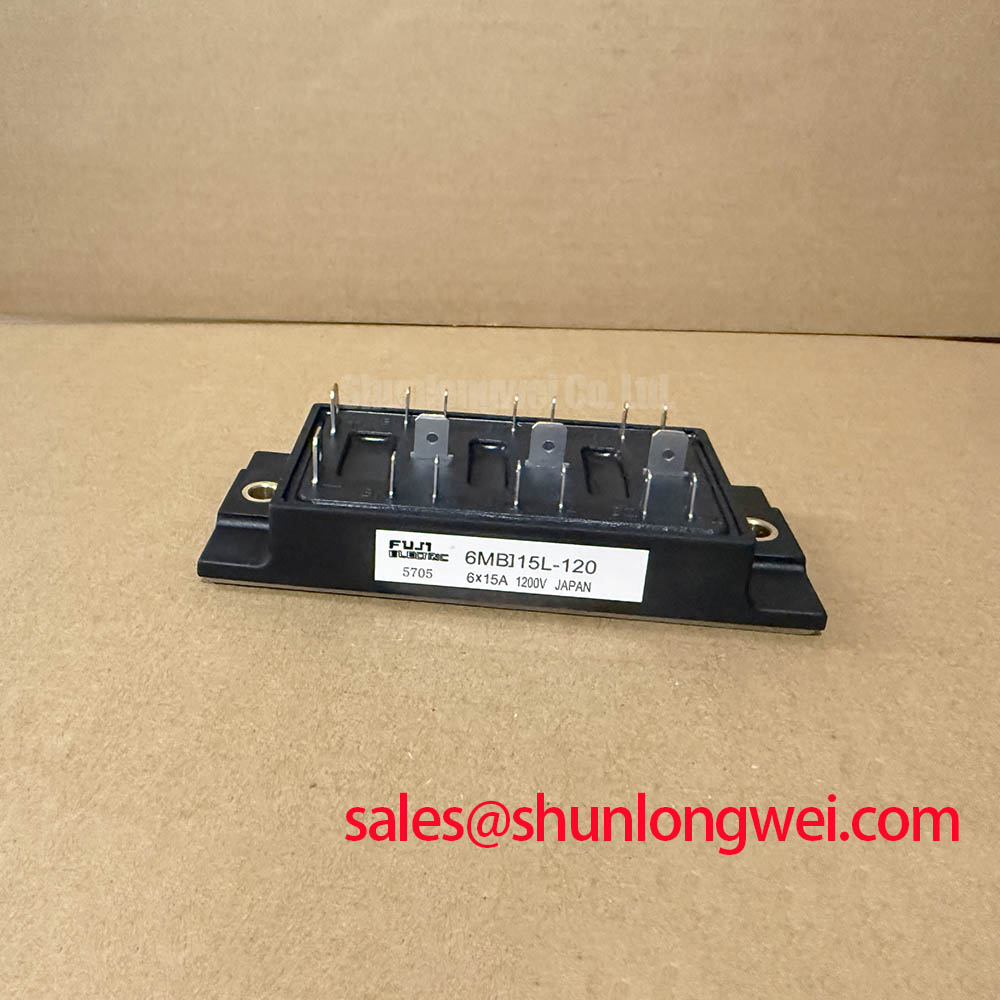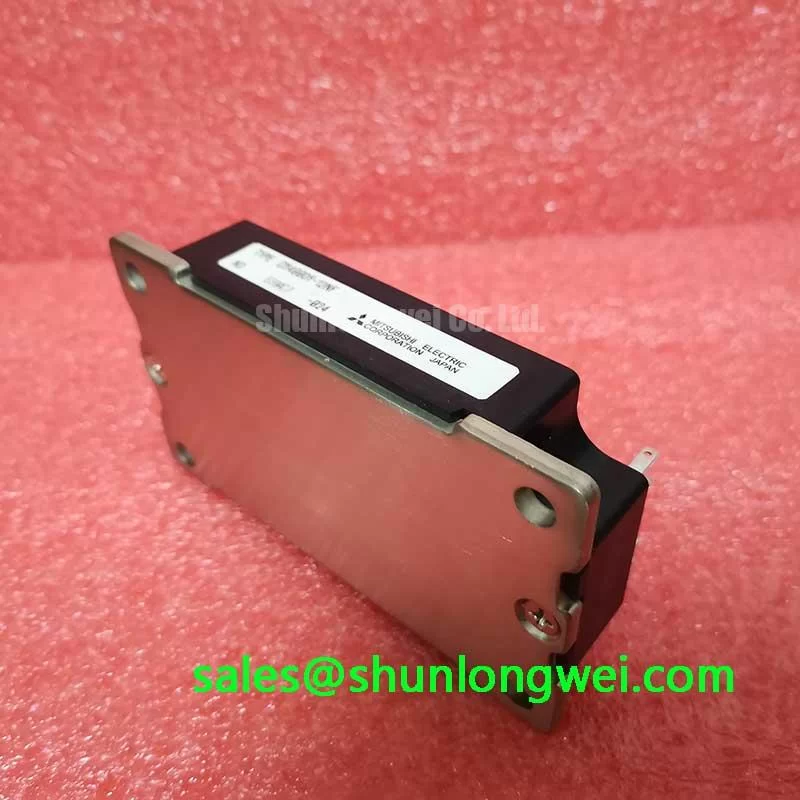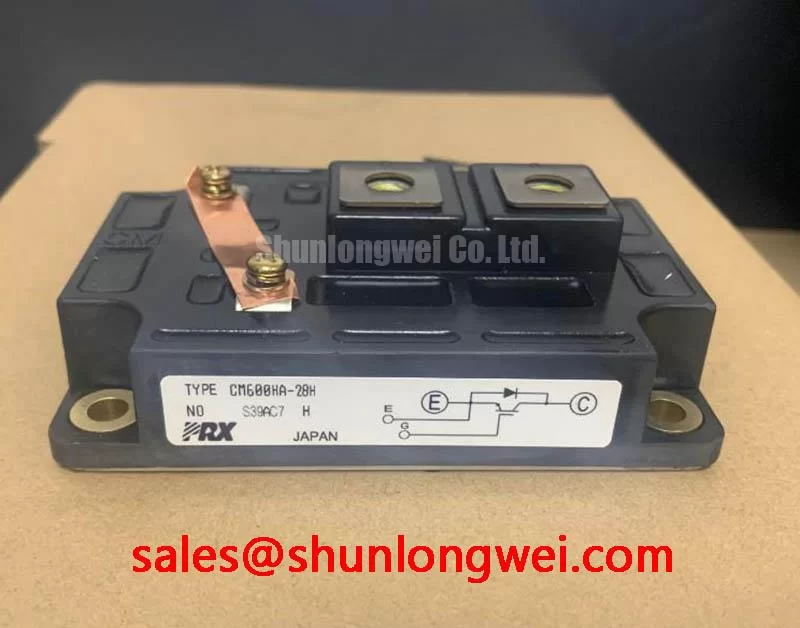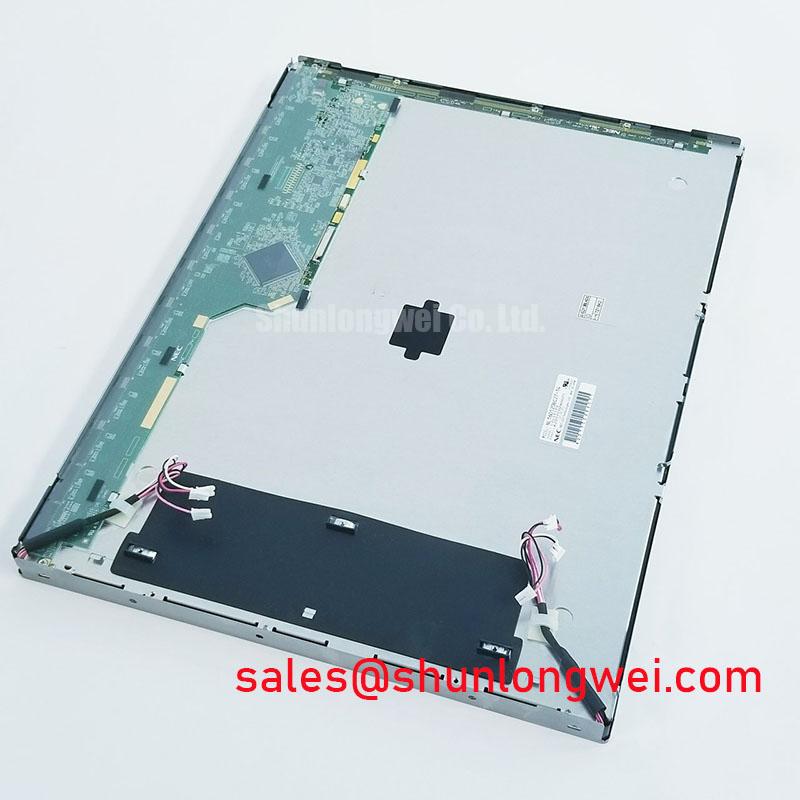DDB6U144N16 Diode Module: 1600V | 144A Reliability for High-Power Rectifiers
Content last revised on October 8, 2025.
The DDB6U144N16 is a high-reliability diode module engineered for demanding high-voltage industrial applications through its robust pressure contact design. Featuring key specifications of 1600V | 144A | VISO 3600V, this module delivers two critical engineering benefits: enhanced operational lifetime and superior thermal performance. This module's 1600V reverse voltage rating provides the necessary design margin for robust input stages in systems connected to 690V AC lines. For high-power VFDs on 690V industrial lines, this 1600V module's pressure contact design offers the optimal path to long-term reliability.
Key Parameter Overview
Decoding the Specs for Thermal Stability and Electrical Robustness
The technical specifications of the DDB6U144N16 are foundational to its performance in high-stress environments. The following parameters are particularly decisive for system designers evaluating the module for robust rectifier applications.
| Parameter | Value | Engineering Significance |
|---|---|---|
| Repetitive Peak Reverse Voltage (VRRM) | 1600 V | Provides a critical safety margin for rectifiers connected to 480V and 690V industrial AC lines, ensuring resilience against voltage transients. |
| Average Forward Current (IFAV) | 144 A (TC = 100°C) | Defines the module's continuous current handling capability under specified thermal conditions, suitable for medium to high-power drives. |
| Thermal Resistance, Junction to Case (Rth(j-c)) | 0.24 K/W per arm | A low value signifies highly efficient heat extraction from the diode junction, enabling higher power density and simplifying system Thermal Management. |
| Insulation Test Voltage (VISOL) | 3600 V | Guarantees high electrical isolation between the terminals and the baseplate, enhancing safety and system integrity in high-voltage environments. |
| Forward Voltage (VF) | 1.70 V (max @ IF = 450A, Tvj = 25°C) | Impacts conduction losses; a well-defined maximum value allows for accurate efficiency and thermal load calculations. |
Download the DDB6U144N16 datasheet for detailed specifications and performance curves.
Understanding the thermal resistance (Rth(j-c)) is critical. Think of it like the width of a highway for heat. A lower number, such as this module's 0.24 K/W, represents a wider, multi-lane highway. This allows the heat (traffic) generated at the semiconductor junction to flow away to the heatsink quickly and without congestion, preventing dangerous thermal buildups and enabling more reliable operation at higher power levels.
Application Scenarios & Value
System-Level Benefits in Industrial Drives and Power Supplies
The DDB6U144N16 Diode Module is engineered for applications where reliability and electrical ruggedness are non-negotiable. Its primary value is realized in the front-end rectifier stages of high-power conversion systems.
- Variable Frequency Drives (VFDs): In industrial motor control, particularly on Variable Frequency Drive (VFD) systems connected to 690V AC lines, the module's 1600V rating provides the necessary headroom to withstand line transients. In a heavy-duty application like a conveyor belt system, frequent start/stop cycles induce significant thermal stress. The module's pressure contact construction directly counters this, preventing solder fatigue failures and extending the VFD's operational life.
- Uninterruptible Power Supplies (UPS): For data centers and critical facilities, the reliability of the input rectifier is paramount. The DDB6U144N16 ensures a robust AC-to-DC conversion stage, forming a dependable DC bus that is the foundation of the entire UPS system.
- Welding Power Supplies: The module can reliably handle the high-current demands and pulsed loads characteristic of industrial welding equipment, where both thermal performance and electrical ruggedness are essential.
- Renewable Energy Inverters: Suitable for the input stages of solar or wind inverters where a durable and reliable rectification solution is required to handle power from the grid or generator.
For applications demanding even higher current throughput with the same voltage robustness, the related DDB6U205N16L provides a similar voltage rating with increased current handling capabilities.
Technical Deep Dive
A Closer Look at Pressure Contact Technology for Enhanced Longevity
A key differentiator of the DDB6U144N16 is its use of Pressure Contact Technology, a design philosophy that prioritizes long-term reliability over conventional construction methods. Unlike standard modules that rely on soldered connections to attach the semiconductor die to the baseplate, this technology uses a precisely engineered internal clamping system. This system applies a strong, uniform pressure to maintain a direct, solder-free electrical and thermal interface.
What is the primary benefit of its pressure-contact design? Enhanced long-term reliability by eliminating solder fatigue. Solder joints are often the weakest link in power modules, prone to cracking and degradation after thousands of thermal cycles. By eliminating solder, pressure contact modules exhibit vastly superior Power Cycling Capability. If a standard soldered module is like a welded structure, strong yet brittle under repeated stress, a pressure contact module is like a high-tension bolted assembly. It uses immense, consistent force to maintain a connection that can accommodate mechanical stress without fatiguing, ensuring system integrity over a much longer operational lifetime.
Frequently Asked Questions
Engineering Questions on the DDB6U144N16
What is the primary advantage of the DDB6U144N16's 1600V rating in an industrial setting?
The 1600V Repetitive Peak Reverse Voltage (VRRM) provides a crucial safety margin. For a three-phase rectifier on a 690V AC line, the theoretical peak DC bus voltage is around 975V. The 1600V rating offers ample headroom to safely absorb voltage spikes and transients common in industrial grids, preventing catastrophic failure and enhancing overall system robustness.
How does the pressure contact design contribute to a lower total cost of ownership (TCO)?
By eliminating solder fatigue, a primary failure mechanism in power electronics, the pressure contact design significantly increases the module's operational lifespan and reliability. This translates to reduced machine downtime, fewer field service calls, and lower replacement costs over the life of the equipment, thereby lowering the TCO.
What does the 3600V isolation voltage (VISOL) mean for system design and safety compliance?
A high VISOL of 3600V simplifies meeting safety standards like UL and IEC. It ensures a robust dielectric barrier between the electrically live parts of the module and the grounded heatsink. This reduces the need for additional, complex external insulation, potentially simplifying the mechanical design and assembly process while guaranteeing operator safety.
Can the two diodes in the DDB6U144N16 module be used independently?
Yes, the DDB6U topology consists of two series-connected diodes with a center tap-off point. This configuration is highly flexible. It can be used as a half-bridge rectifier (using the two diodes for one phase), as part of a single-phase bridge, or combined with other modules to create a full three-phase bridge rectifier.
Strategic Component Selection for Long-Term System Value
Integrating the DDB6U144N16 into a power system is a strategic decision that prioritizes long-term operational integrity over minimal initial component cost. Its robust electrical characteristics, combined with a mechanical design focused on eliminating common failure modes, make it an enabling component for building highly reliable and durable industrial power conversion equipment. For engineers designing systems for harsh environments or applications where uptime is critical, this module provides a foundational building block for success.














